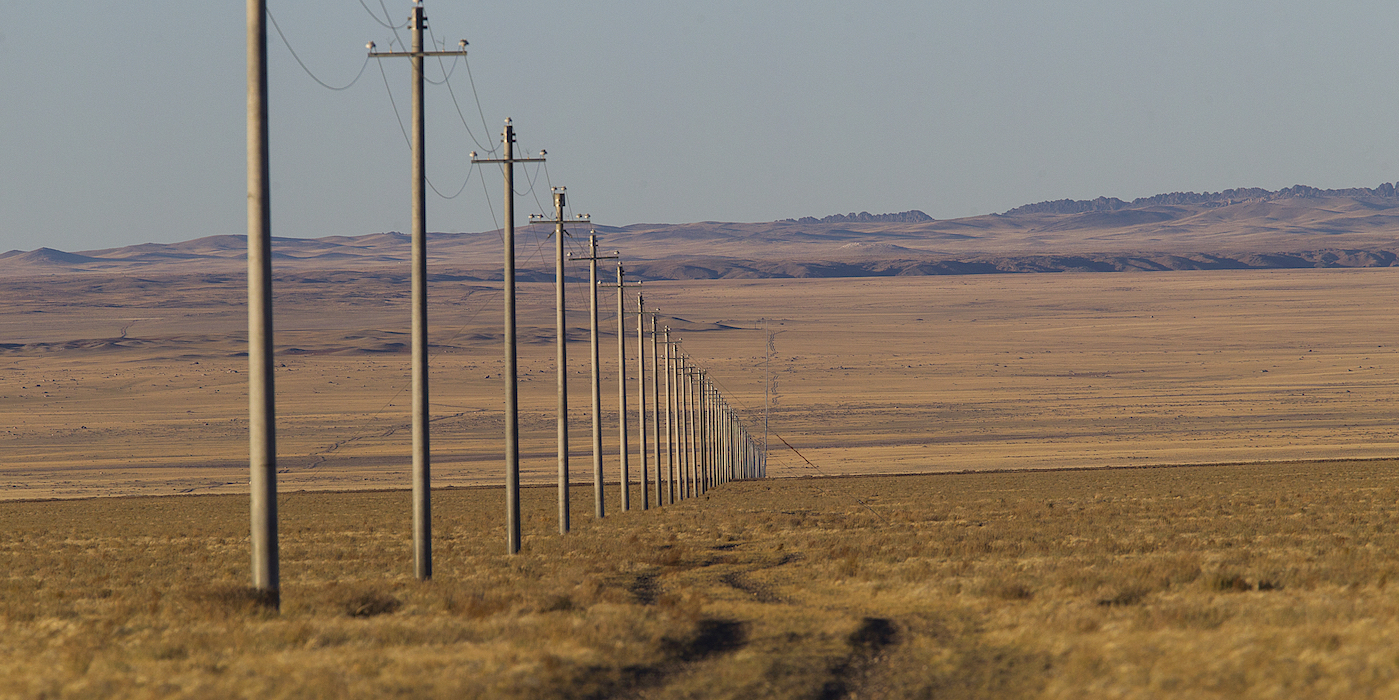The problem: poorly designed power infrastructure

Electrocution is primarily associated with medium-voltage electricity distribution lines, taking power from the transmission grid to local communities and industry.
- Steel-reinforced concrete poles and metal pylons can conduct electricity and are especially problematic when combined with inappropriate hardware for carrying the live cables.
- Inappropriate hardware configurations include short, upright pin insulators attached to metal crossarms and jumper-wires that pass above insulators rather than below.
- Distribution lines with non-conducting supports, such as wooden poles, can still pose an electrocution risk for larger species if the live cables are too close together.
Increased risk with proliferation of new unsafe or poorly located infrastructure
The recent expansion of electricity distribution infrastructure in Africa has been associated with deregulation and increased investment by non-governmental companies.
This proliferation of power lines has also been mirrored across Asia, with cost efficiency being an important factor for investors in both continents. This has led to the widespread use of reinforced concrete poles and cable-support hardware that has a high electrocution risk.
The expanding network of power distributions lines in Africa and Asia is exposing ever greater numbers of birds to the risk of electrocution.
Electrocution rates can be significantly reduced at a cost of less than €18 per power pole.
